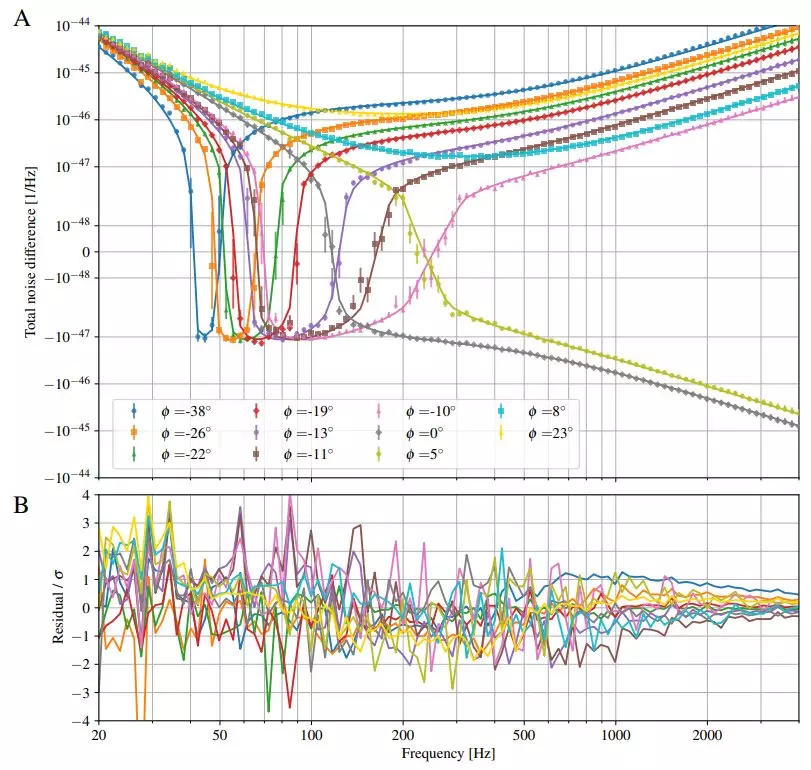In a significant leap for astrophysics, researchers at the Laser Interferometer Gravitational-Wave Observatory (LIGO) have made remarkable strides in their detection capabilities by integrating a “squeezed light system.” This advanced technology aims to refine the sensitivity of gravitational wave detection, addressing a long-standing challenge within the field. Journal articles, including one published in *Science*, detail the innovative methods implemented to minimize flickering, which had previously hindered precise measurements.
LIGO operates on a fascinating principle: it utilizes a split laser beam traveling through two perpendicular tunnels, allowing scientists to measure slight alterations caused by passing gravitational waves. These waves, first predicted by Einstein, create ripples in the spacetime fabric, and their detection has opened up a new frontier in the study of the cosmos. The 2015 discovery of these waves was monumental, leading to a Nobel Prize for the pioneering team at Caltech and establishing LIGO as a central hub for astrophysical research.
Addressing Quantum Challenges
Although LIGO’s fundamental operation has been effective, distinguishing actual gravitational waves from noise induced by quantum fluctuations has posed challenges. Researchers have long sought solutions to enhance detection sensitivity without increasing error margins that such flickers can introduce. This latest iteration involved incorporating specially designed crystals, new mirror configurations, and lenses. This innovative approach not only “squeezes” the light but also shifts its quantum state, leading to reduced flickering and improved clarity in the signals detected.
Initial results were promising, revealing that high-frequency gravitational waves could be identified more easily. However, a crucial enhancement allowed for detecting lower-frequency waves as well. The comprehensive adjustments resulted in an incredible doubling of detected gravitational waves, thus expanding the scope of LIGO’s observational capabilities.
Potential Impact on Astrophysics
The implications of these advancements cannot be overstated. By improving both the quantity and diversity of detectable waves, LIGO is poised to contribute to a vast array of scientific inquiries. These enhancements open avenues for studying astronomical phenomena previously thought to be on the edge of detectability, including the remnants of black holes formed in the early universe. Such studies could offer insights into the conditions present during the formation of the first stars, further exploring the universe’s history.
LIGO’s latest improvements signify a vital advancement in gravitational wave astronomy. By overcoming the limitations posed by quantum flickers, researchers are not merely enhancing detection rates; they are significantly broadening the possibilities for scientific discovery in fundamental aspects of our universe. The potential knowledge we could gain from this initiative could reshape our understanding of cosmic events and the underlying principles governing the fabric of reality itself.

